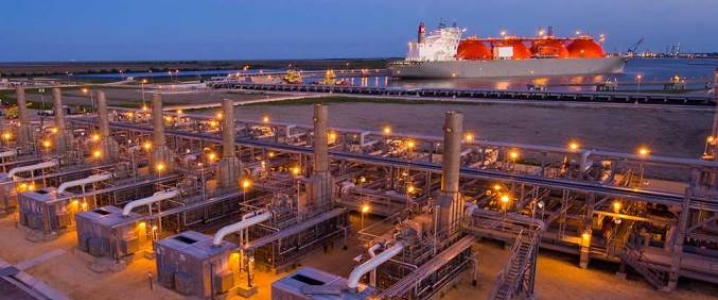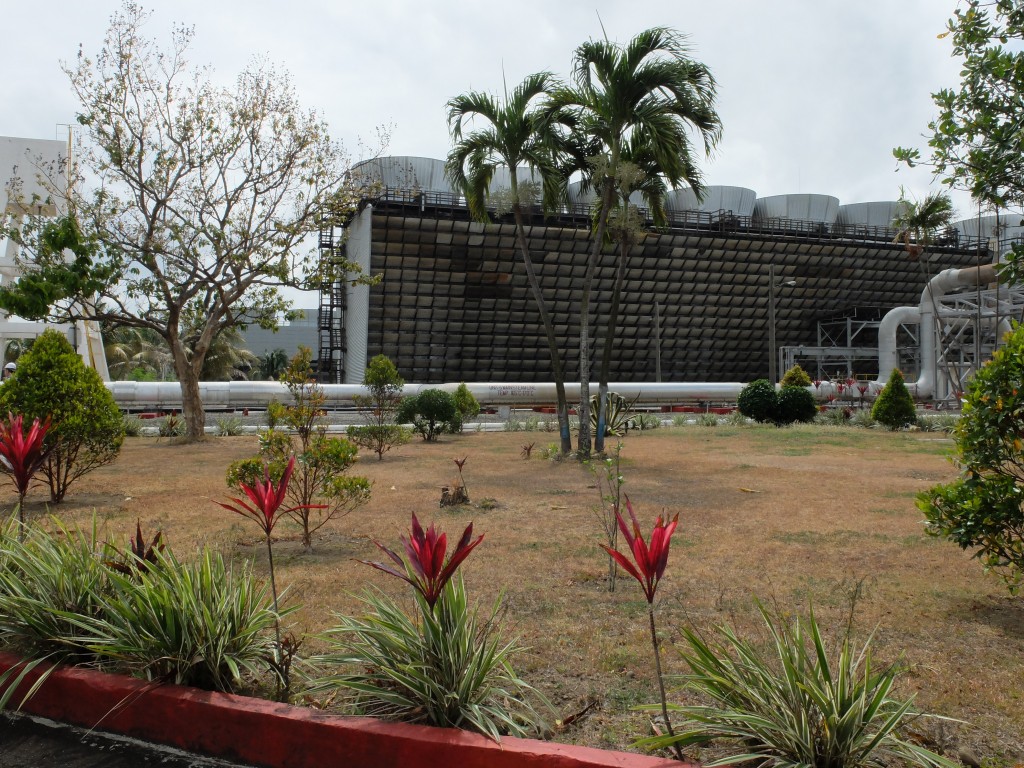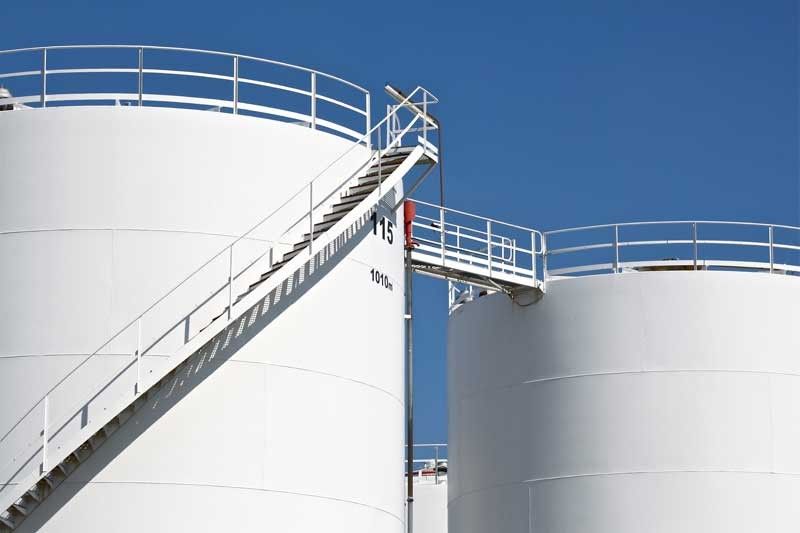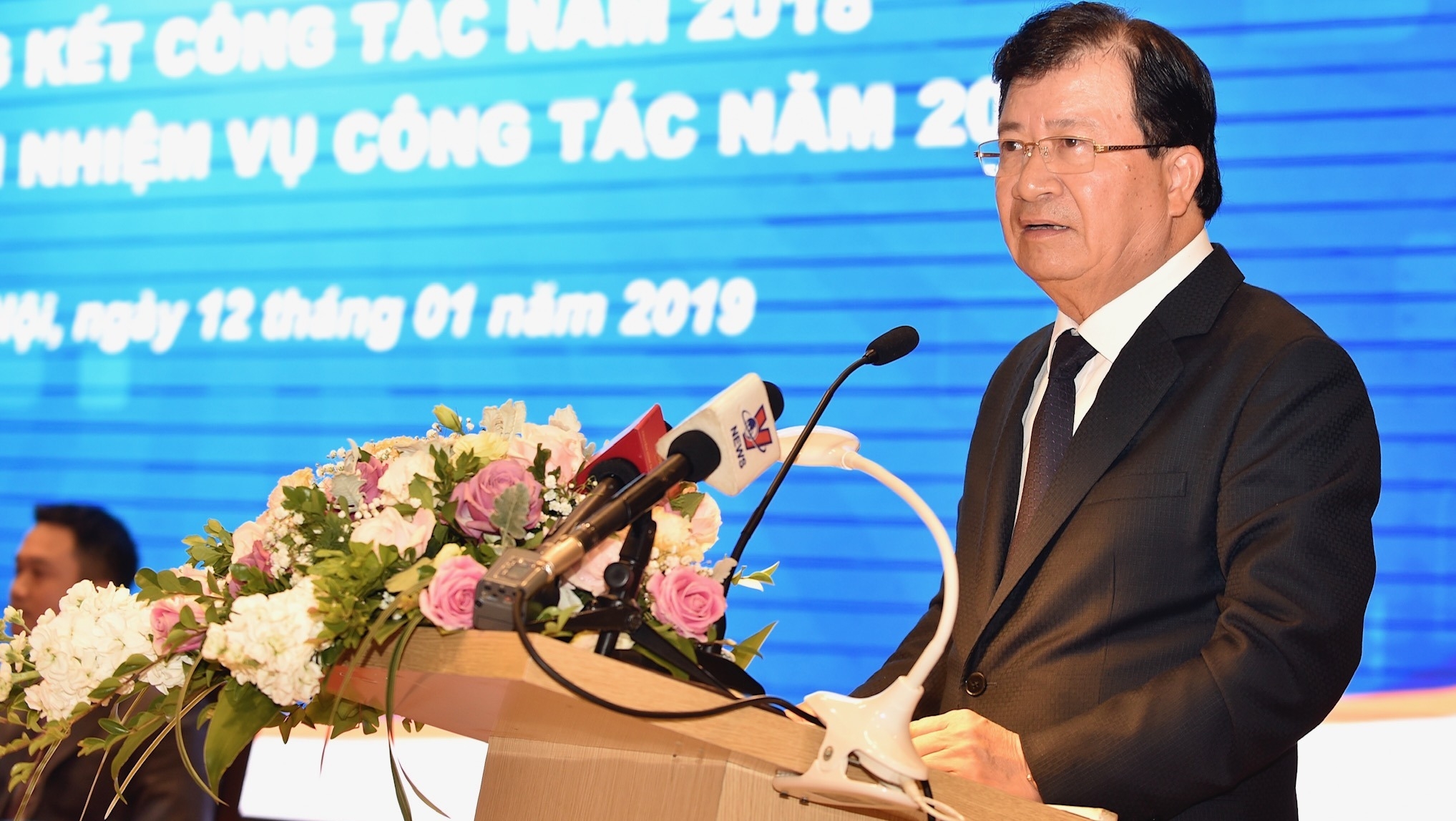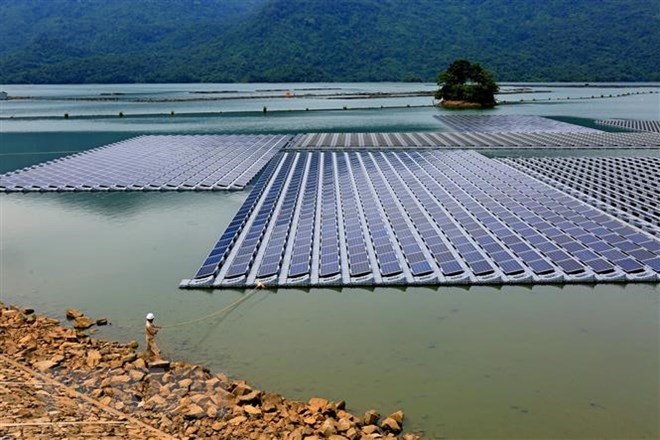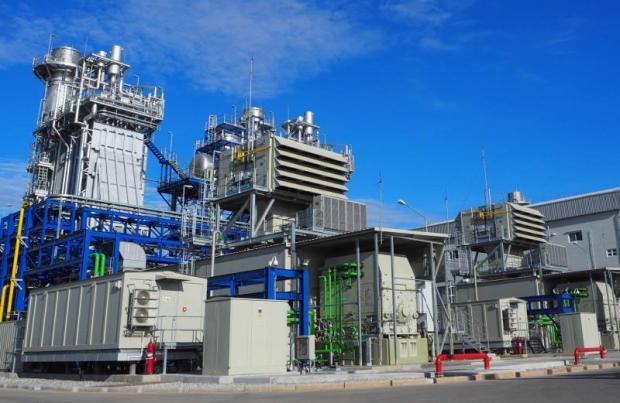MANILA – Climate change will be a major consideration in evaluating initiatives of schools joining the search for the country’s most sustainable and eco-friendly public and private elementary and high schools, as well as higher education institutions (HEIs) starting this year.
“We’re highlighting climate change due to what’s happening around us,” Elenida Basug, the Department of Environment and Natural Resources’s Climate Change Service OIC Director and Environmental Management Bureau (EMB) education chief, said on Friday.
She said that climate change was already part of what EMB considered when evaluating schools that previously joined the search.
Changing weather patterns and its accompanying problems have raised the need for the evaluation to put more emphasis on climate change, she added.
In 2009, EMB launched its nationwide biennial search for sustainable and eco-friendly schools to help raise public awareness and action on environmental protection and sustainable development while highlighting the academe’s role in achieving these goals.
Sustainable and eco-friendly schools are those that initiated and integrated environment-related programs into respective instruction, research, extension and/or administration activities, according to EMB.
EMB is already accepting entries for the search’s 2019 edition and schools have until April 26 to join.
Over PHP300,000 in prizes, as well as special awards. await winners of the competition.
Basug said EMB has been distributing posters about the search so even schools in remote areas can learn about the contest.
“We want to reach out to the farthest schools and encourage these institutions to join the seach,” she said.
EMB added that its search for sustainable and eco-friendly schools is aligned with the 2009-2018 National Environmental Education Action Plan for Sustainable Development.
The Philippines is among the countries most vulnerable to climate change, according to experts. They warned that climate change’s impacts on the country are sea level and temperature rise, as well as increasing onslaught of extreme weather.
“The stronger tropical cyclones we continue experiencing and havoc from these occurrences heighten need for action against climate change,” Busag said. (PNA)


